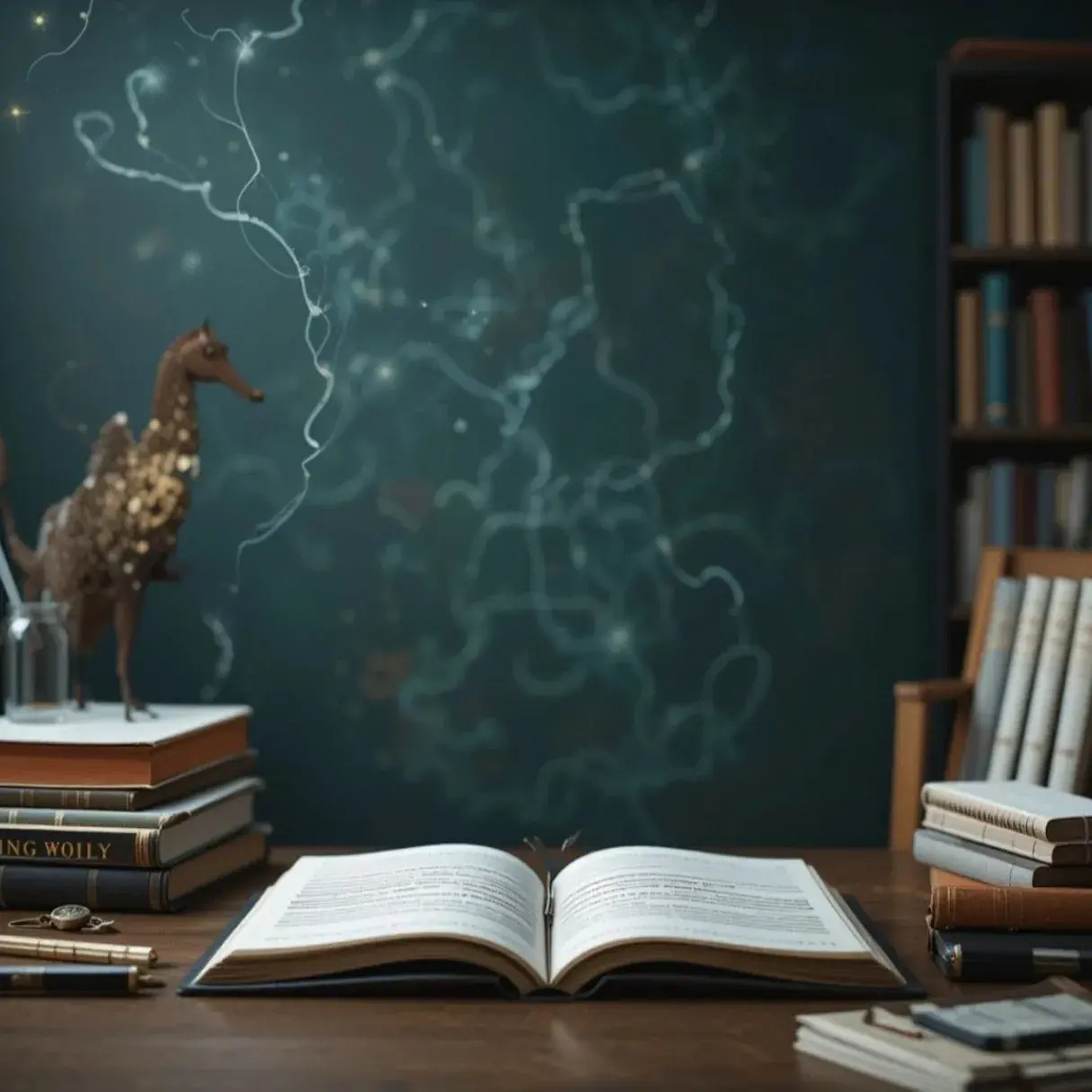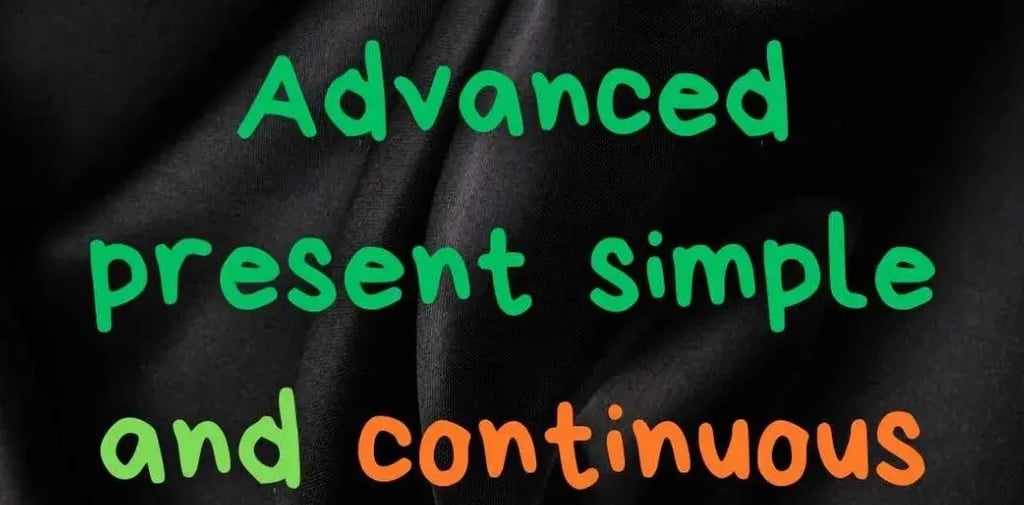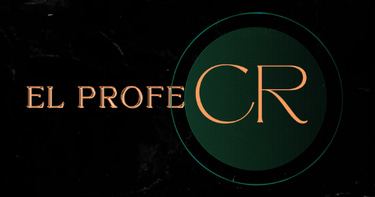
Advanced present simple and continuous
C1 GRAMMAR
2 min read


Do you know all the different uses of present simple and continuous?
Look at these examples to see how we use the present simple and continuous.
The world is changing and it's changing rapidly.
The earth revolves around the sun in approximately 365 days.
I'm an engineer, but I'm working as a taxi driver at the moment.
My daughter is always leaving clothes all over the floor.
Basic contrasts
We use the present simple to talk about:
something that is always or generally true
When you heat ice, it melts.
something that happens regularly
I go swimming twice a week.
continuing states.
She's very happy with her job.
We use the present continuous to talk about:
actions which are in progress at the moment
He's busy. He's giving a presentation to some clients.
temporary actions
I'm working from home this month.
something generally in progress but not actually happening at the moment
More and more people are feeling the effects of climate change.
future plans that have already been organised.
I'm going to Chile next month. I booked my flights yesterday.
State verbs
State verbs describe a state rather than an action. They aren't usually used in continuous forms, so we use present simple instead of present continuous.
I don't know the answer.
I'm not knowing the answer.He really likes his new house.
He's really liking his new house.They seem busy at the moment.
They're seeming busy at the moment.
State verbs often relate to:
thoughts and opinions: agree, believe, doubt, guess, imagine, know, mean, recognise, remember, suspect, think, understand
feelings and emotions: dislike, hate, like, love, prefer, want, wish
senses and perceptions: appear, be, feel, hear, look, see, seem, smell, taste
possession and measurement: belong, have, measure, own, possess, weigh.
Some verbs have a stative meaning and a different active meaning.
I have a new computer. (state – possession)
I'm having a quick break. (action – having a break is an activity)
This coffee tastes delicious. (state – our perception of the coffee)
Look! The chef is tasting the soup. (action – tasting the soup is an activity)
Other uses of present continuous
verbs describing change and development
Life is becoming more expensive.
complaints and annoying habits
He's always coming in late and making noise.
Other uses of present simple
Headlines
In headings at the top of articles in newspapers and magazines, references to the past are usually simplified to present simple.
Billionaire buys multinational company
instructions
Open the link and enter your password.
Plot summaries
Note that when describing the story of a book, film, play, etc., we use present tenses.
She quits her job and goes in search of adventure.
While she is travelling in Colombia, she meets someone special.
Anecdotes
People also sometimes use present tenses to tell an anecdote – a funny or interesting story about a real incident. This makes the story more immediate and dynamic.
So I'm on the bus and this guy comes up to me and starts talking to me about someone called Dev. I'm like, 'Sorry, do we know each other?'
Explanation
The main difference between present simple and present continuous lies within what they are talking about.
The present simple tense talks about permanent situations while the present continuous talks about temporary situations.
They both have their other differences and similarities.
Sobre nosotros
El Profe CR busca ayudar a aquellas personas que deseen desarrollar las habilidades que hoy en día las empresas requieren de cada candidato(a) con y sin experiencia laboral.
©2025 Todos los derechos reservados.
